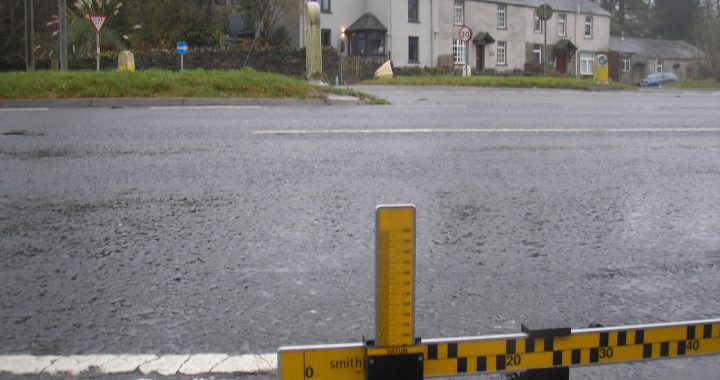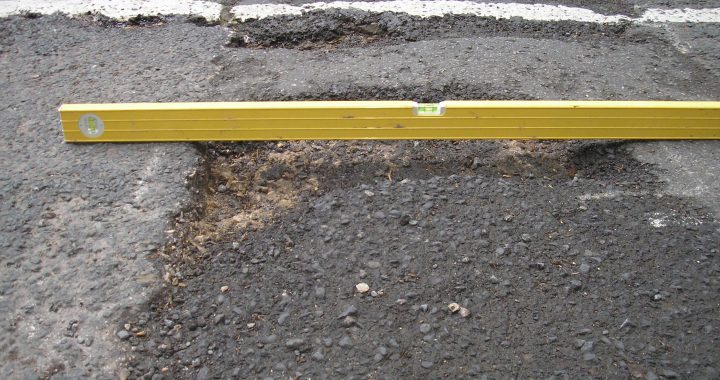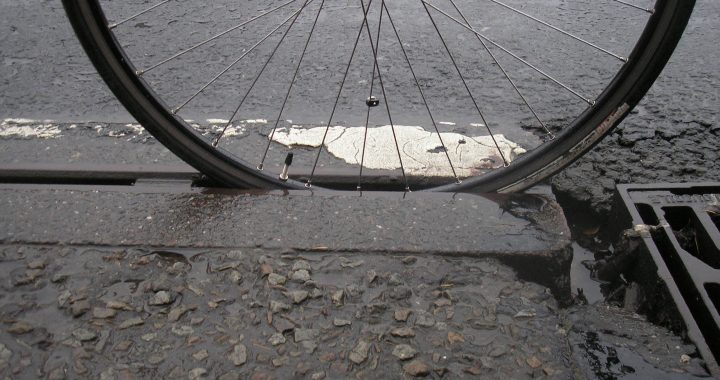For the first 25 years helping cyclists we were able to reassure the clients that they would receive the full amount of their award without any deductions because the compensator would also cover the legal costs. The polluter pays is the direct analogy. That all changed is 2013.
Unless you are sufficiently fortunate to belong to a Cycling organization such as Cycling UK which offers a special deal to its members, expect to see anywhere between 25% and 33% (plus VAT) of the award go towards legal costs plus (possibly) a premium for something called After The Event (ATE) insurance.
Or you may have some form of legal expense insurance (LEI) either as a bolt-on to a Home and Contents Policy or as part of a Policy of Cycle Insurance which has been purchased as a stand alone item. While the insurance may be branded as cycle-specific, the likelihood is that the law firms on the Insurer’s panel will not be cycle law and claims specialists. This leads to problems, more of which appears in ‘How to appoint a representative’.
Why the deductions? It’s a long story which we’ll save for a dedicated page but the blame lies in part with politicians interfering in something about which they knew very little and parts of the legal profession which exploited a set of rules designed to assist the accident victims.




